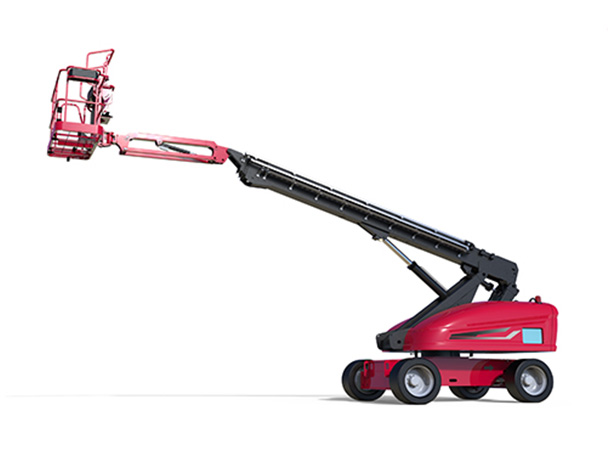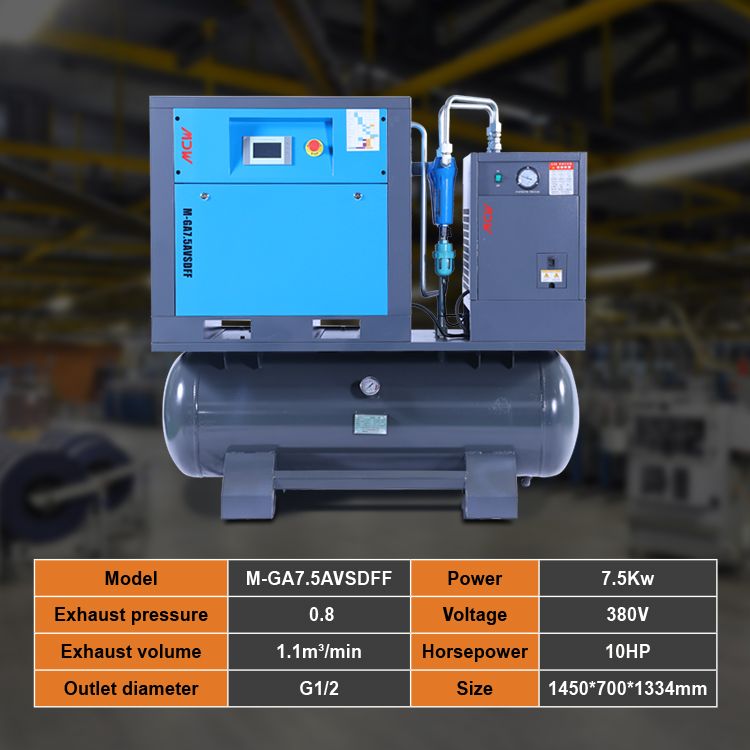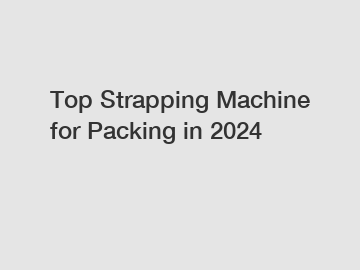What you need to know about aerial work platforms?
Originated from Europe and the United States, the English name is Aerial Work Platform, which can also be abbreviated as AWP. The aerial work platform is a special equipment for people to work at high altitudes. It is mainly used for high-altitude operations in the fields of construction, equipment maintenance, equipment installation and building cleaning. In China, it can also be called an aerial work vehicle, a lifting vehicle, a lifting platform, etc. To be precise, the aerial work platform we usually refer to should refer to an aerial work equipment with a moving speed of less than 10km/h, which can be used for personnel to work at heights and has a load weight of less than 500kg. Therefore, calling the aerial work platform an aerial work vehicle is actually a wrong name. The moving speed of the aerial work vehicle is relatively fast. In terms of national supervision, it needs to be registered with a professional department, and special inspections are carried out by the local quality supervision bureau every year. The operator must hold a special equipment operation certificate.
Classification of aerial work platforms: From the lifting form of the aerial work platform arm, it can be divided into:
1. Personal mobile aerial work platform
2. Scissor-type aerial work platform
3. Articulated arm aerial work platform
4. Straight arm aerial work platform
5. Trailer aerial work platform
6. Spider aerial work platform
I. Principle of aerial work platform
Aerial work platform products are divided into articulated arm aerial work platform, scissor-type aerial work platform, mast-type aerial work platform, and straight arm aerial work platform according to the working mode. Aerial work platform is a replacement product of folding arm lift (lifting platform) and scissor lift (lifting platform). It can be widely used in the decoration and renovation of stations, docks, airports, hotels, post and telecommunications, municipal gardens, grain depots, cleaning companies, public building facades, or installation and maintenance of power systems, etc. This lift has the advantages of light weight, self-propelled, electric start, self-supporting legs, simple operation, large working surface, and especially the ability to cross obstacles for aerial work.
Additional resources:Top Rack Electroplating Machines: Boost Efficiency & Profits!
Top Used Pallet Strapper Reviews for 2024 Buyers
What Should You Consider When Buying a Screw Press Machine?
Essential Baguette Equipment for Bakery Businesses Explained
Maximize Efficiency with Compression Strapping Machines Today!
Top Shea Butter Tea Seed Oil Extraction Machines for Sale 2024
What to Expect from Oats Flour Milling Plant Service?

1. Aerial work platforms can be divided into: four-wheel mobile, two-wheel traction, car modification, battery car, auxiliary self-propelled, and the lifting height ranges from 4 meters to 18 meters. The load capacity of this series of products is divided into 0.1 to 0.8 tons, and can also be customized according to user requirements, with a maximum load capacity of up to 10 tons.
2. Aerial work platforms are widely used in factory maintenance of industrial and mining enterprises, municipal construction, and decoration of hotels and hotels. They are reliable in quality and perfect in performance.
3. Users can choose the power mode and configuration according to their own scope of use: ① The power system includes: battery DC power supply, single-phase or three-phase power supply, diesel engine. ② Walking: auxiliary self-propelled, two-wheel traction, self-driving, and car modification. ③ Outriggers: mechanical outriggers, hydraulic outriggers, ordinary hand-cranked outriggers, and pull-out outriggers. ④ Control system: explosion-proof electronic control system, remote control system, PIC control system. ⑤ Hydraulic pump station: domestic lifting platform special pump station, Italian imported pump station ⑥ External protection device: accordion cover type, mesh type, iron plate sealing type
2. Uses of aerial work platforms
Aerial work platforms are widely used in various industrial enterprises and production lines such as automobiles, containers, mold manufacturing, wood processing, chemical filling, etc., to meet the lifting needs of different working heights. At the same time, they can be equipped with various table forms (such as ball, roller, turntable, steering, tipping, telescopic), and various control methods (split, linkage, explosion-proof). They have the characteristics of smooth and accurate lifting, frequent starting, and large load capacity. They effectively solve the difficulties of various lifting operations in industrial enterprises and make production operations easy. The aerial work platform mainly realizes the lifting function through the pressure transmission of hydraulic oil. Its scissor-fork mechanical structure makes the lifting of the elevator more stable. The wide working platform and high load-bearing capacity make the aerial work range larger and suitable for multiple people to work at the same time. It makes aerial work more efficient and safer.
3. Rapid development of aerial work platform rental
With the rapid development of my country's economy, people pay more and more attention to the safety of aerial work, and the labor cost increases year by year. Therefore, a large number of construction companies and building contractors realize the safety, high efficiency and low cost brought by aerial work platforms and aerial work vehicles. Therefore, the rental and business of aerial work vehicles are growing rapidly in my country. Among the aerial work vehicle rental companies in my country, Shanghai's aerial work platform rental companies occupy a leading position with more than 100,000 working lifts. As the hottest city in China's aerial work platform rental market, Shanghai has become the fastest-growing, largest and most comprehensive gathering place for aerial work platform rental companies in China in just a few years. Second only to Shanghai are Guangzhou, Beijing, Nanjing, Tianjin, Fuzhou, Suzhou, Wuhan, Chengdu, Xi'an, Shenzhen, Changsha, Hangzhou and other central cities, and gradually formed a business operation network radiating across the country. In the more than ten years before 2013, the total number of aerial work platforms available for rental in China was only more than 4,000, and in the following two years, this number jumped to more than 13,000. With the changes in consumption habits of domestic equipment users and increasingly stringent construction safety standards, this number is expected to double by 2025.
Small Scale Heat Transfer Press: Pros vs. Cons Explained
Maximize Efficiency with Inline Conveyor Strapping Machines
Unlocking the Benefits of Disc Screening in Health
How Are Chinese Hamburger Buns Changing Preferences?
What are the benefits of Hot Dip Galvanizing Machines?
Mastering Basic Textile Heat Press in 2024
Revolutionize Your Garden with Sprinkler Machine Tips












